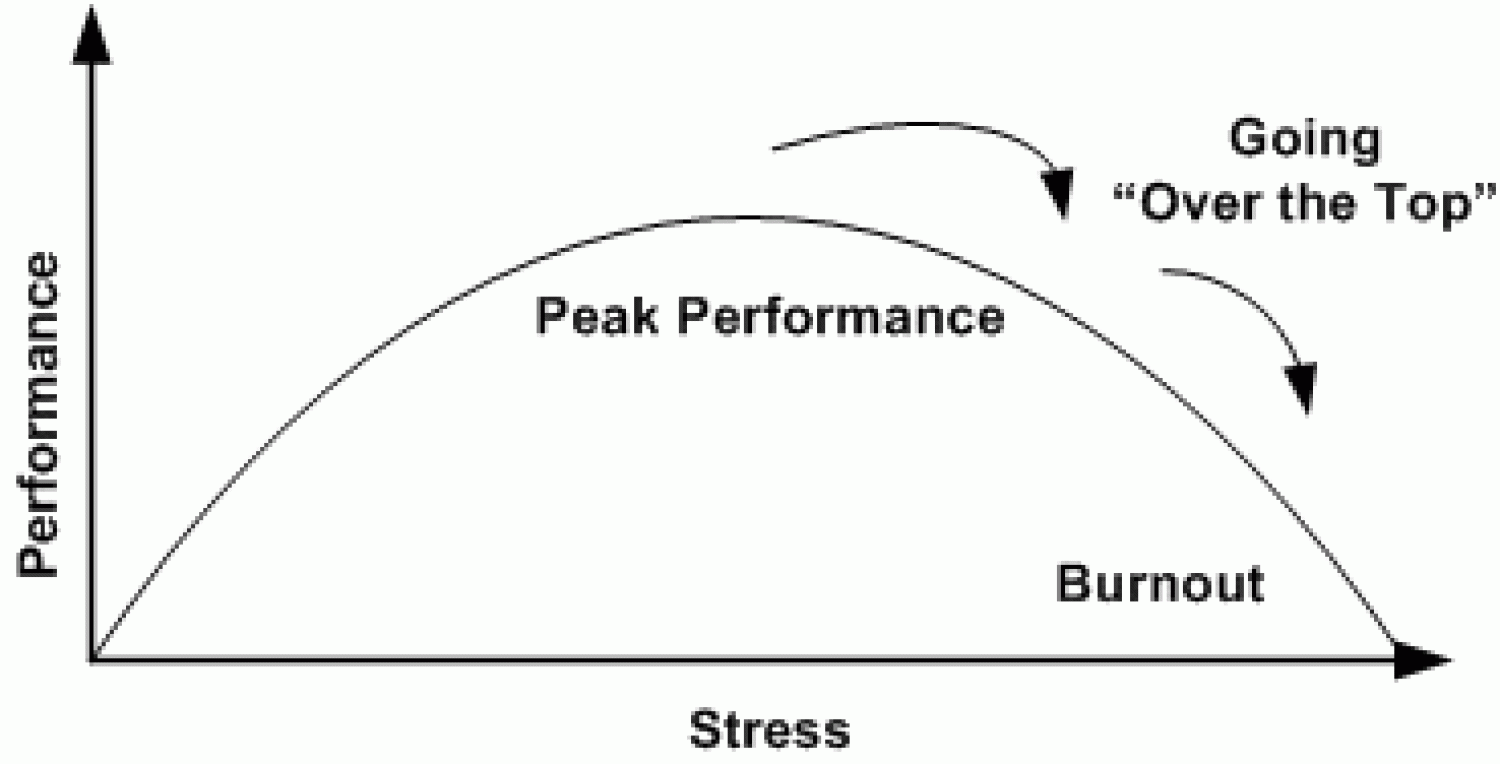College Students and Stress: Mitigating Tension on Campus
By Mentally Buff
Like all university students, University of Colorado students suffer from mental illness. Stress, depression, and anxiety are among the most ubiquitous mental illnesses on the CU campus. Given the prevalence of mental health issues across American universities, it’s imperative to examine mental illness and responses to it on CU’s campus.
Stress and depression begin to affect many incoming students in their first year of college. Research shows that as students enter a new environment, free of parents and other supportive authority figures, they often have a hard time coping with such change. This spike in college anxiety seemingly stems from the increasing stress high school seniors must face to prepare for their upcoming college years.
According to The American Freshman National Norms, the amount of overwhelmed high school seniors increased from 28.5 percent to 30.4 percent from 2011 to 2012. This stress follows students to their college career and will likely only increase. Yet, the average counseling center across American universities on average sees only 10 percent of the student body each year.
Dr. Joe Courtney, manager of the Wardenburg Health Center at CU, documents a 25 percent increase in stress related visits between 2010 and 2011. This increase in visits could be attributed to the combination of typical college stressors and the addition of external stressors such as the decreasing health of the U.S. economy. Courtney indicates the economy is a major concern for CU students. This, on top of keeping up with schoolwork and social lives, creates not only stress in students’ everyday lives but also causes them to feel pressure as they look on towards a career path in the future.
Courtney says a steady sleep cycle that works with student lifestyles and having firm support groups are some ways to begin reducing the stress among college goers. Incoming students are already thinking ahead about how to reduce stress. Melissa, an incoming freshman says, “I’m living in the engineering honors dorm so I’m hoping that will allow me to get my work done fast and efficiently and then allow me to have fun outside of class,.”
In 1908, psychologists Robert M. Yerkes and John Dillingham Dodson created a visual representation of how people react to stress known as the Yerkes-Dodson curve.

Stress is needed for motivation and success, but too much stress can have a negative effect (as shown in diagram 1). When stress exceeds a certain level (the “over the top” portion of the curve) a person is in danger of “burnout.” “Burning out” begins when a student begins to feel the effects of depression, anxiety, and stress. This is the point on the curve where too many stressors are present too often.
To avoid “burning out” while attending CU, students can visit a variety of counselors and doctors that are readily available on campus. The Wardenburg Health Center houses Psychological Health and Psychiatry (PHP), the mental health clinic that offers confidential, long-term counseling and psychiatry. Another option is Counseling and Psychological Services, (CAPS) which focuses on short term counseling but cannot prescribe medications.
These centers, while beneficial, operate at a deficit when considering the number of patients treated as compared to the number of students suffering from mental illness. There is a stigma that goes along with receiving help for mental illnesses—students may fear judgment from their peers or are simply in denial about suffering from depression or anxiety.
Thanks to mental health campaigns such as the National Mental Health Anti-Stigma Campaign, the public is beginning to be properly educated about mental illness. These campaigns are influencing those who may feel tinges of depression, anxiety, or any other illness to seek out early treatment.
There are alternative options available to deal with less clinical mental issues such as stress due to school or relationships. Whole Living, a website devoted to healthy living, recommends keeping a stress journal to identify one’s major stressors. After identifying and documenting causes of stress, recognizing and eliminating these unnecessary stressors should become easier.
Whole Living also lists some of the most common stressors in American adults, including those who are college aged. Monotonous jobs or careers, relationship issues, and disorganized clutter greatly contribute to stress and depression.
With CAPS offering six free visits to every student each academic school year, receiving counseling should not be a problem amongst the CU student body. Stress occurs for many reasons, in fact, the American Psychological Association’s 2009 Stress Report listed economic issues as the number one most common stressor. Therefore, for those seeking financial help, Wardenburg offers three insurance options that assist CU students.
With many treatment options available on campus, stress and mental illness can be treated, as long as students overcome stigmas of mental illnesses.

